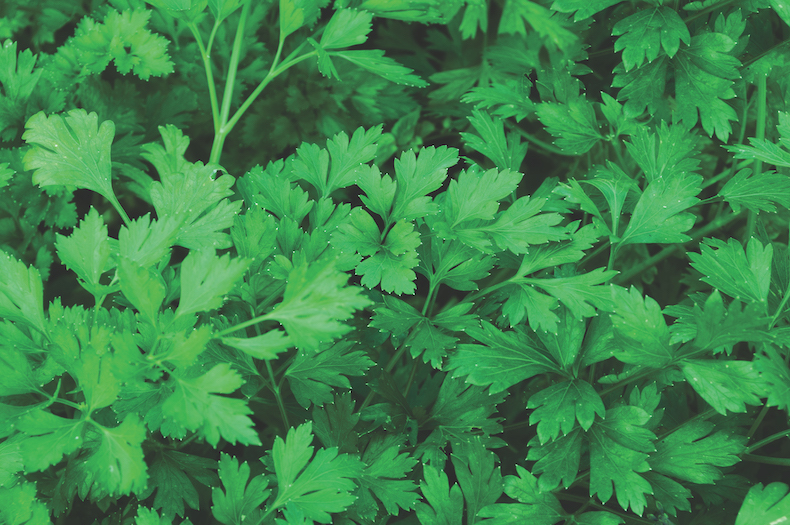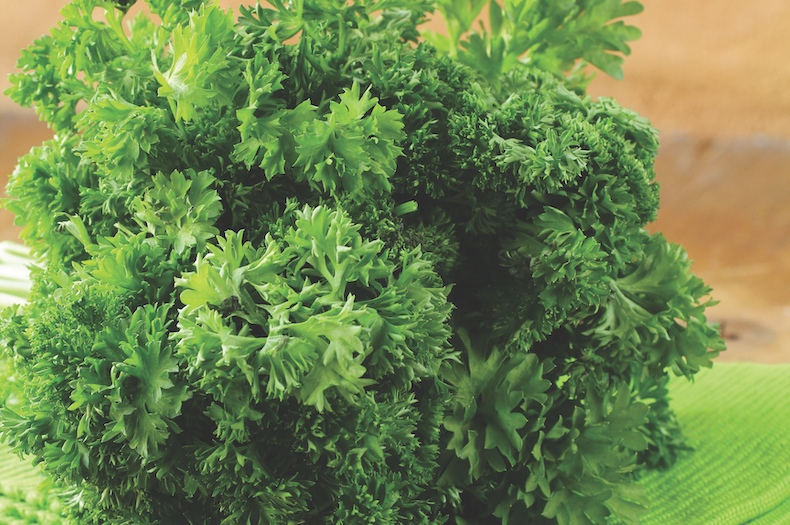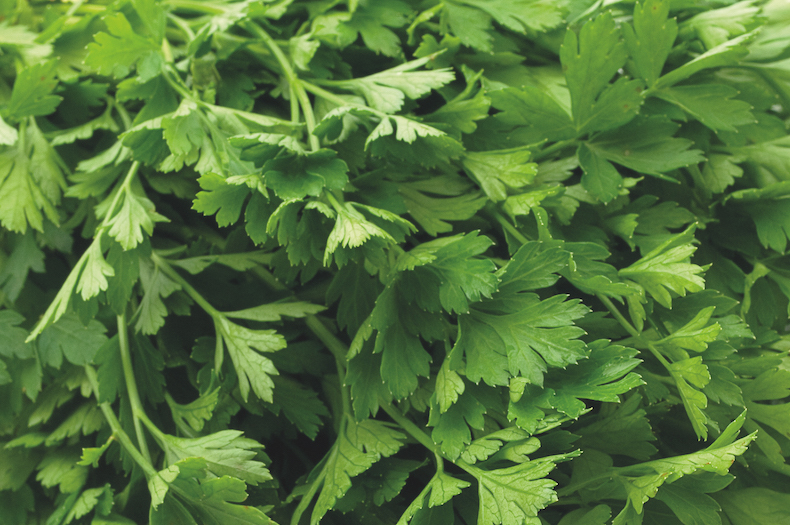How to grow parsley

Growing parsley can take a little patience, but it's a worthy addition to the garden!
Image: Parsley 'Plain Leaved (Sheeps) 2' (Flat Leaved) from Thompson & Morgan
Because it takes so long to germinate, some gardeners have trouble raising parsley. We asked T&M’s technical manager, David Batty, for his tips on how to sow and grow this versatile crop at home. Here’s everything you need to know about successfully growing your own parsley.
What are the best conditions for parsley?
The cultivation of parsley goes back at least to the Ancient Greeks who used it to crown their athletes, and also wore it to fend off drunkenness! It has long been considered a valuable herb and we now know it to be rich in iron and carotene. It need not be confined to herb gardens either, for in the flower garden its foliage provides a pleasant back-ground, particularly to spring bulbs.
It has, however, a reputation for being fickle, sometimes doing well and sometimes failing miserably. More often than not, the problems are due to slow germination, poor soil and over-crowding. Basically, parsley needs warmth for germination, a rich, deeply dug soil, and plenty of room. When these conditions are satisfied, the plants will develop into dark green domes that are a joy to see and to pick.
Parsley is naturally slow germinating, and along with carrots and celery, it can suffer from having seeds with underdeveloped embryos. This means that once sown, these seeds still need time to develop and mature before they can germinate. Whilst in this immature state they are susceptible to soil pests and diseases and this is often the reason why germination is slow and patchy. Early sowings often also fail because the soil temperature is too low for rapid germination and development.
How to germinate parsley seeds

The 'Lisette' variety thrives on bright windowsill
Image: Thompson & Morgan
Parsley will germinate at temperatures from 40-90F (5-32C). The optimum temperature is 80F (27C) with a drop during the night to 68F (20C), and at lower temperatures germination will take correspondingly longer. A suitable compromise particularly for early sowings, is to sow in containers at room temperature, when germination usually takes around 7 days, and transplant later on into the garden. An alternative is fluid sowing where pre-germinated seedlings are piped along the drill in an inert gel. Research has shown that this method results in better and earlier emergence.
It’s usually only necessary to make two sowings, one in spring (April ) and one in summer (July). The summer sowing will to provide continuity of supply throughout the winter, and into the following spring. If you’re sowing indoors it can be done as early as February for planting outside in April. Outdoors, sow in drills ½-¾ inch (1-2cm) deep, in rows 12 inches (30cm) apart. During dry weather water the bed well before sowing and if you have persistent problems with parsley, try mixing damp peat with the seeds before sowing. Watering the drill before sowing with a kettleful of boiling water has also proved helpful, perhaps because it acts as a soil sterilant to keep disease and weeds away during the long germination period.
How to grow on parsley

Add the flat-leaved 'French' variety to dishes for unsurpassed flavour.
Image: Parsley (Flat Leaved) - Organic Seeds from Thompson & Morgan
After germination, perhaps the most important thing is to give the plants enough room, so thin out before the seedlings begin to crowd and leave each plant finally with 12 inches (30cm) of space. Light picking can commence 85-90 days from sowing and from then on should be carried out regularly along the full length of the row. This will ensure a constant supply of fresh leaves. You can dry what you don’t use or even put it on the compost heap, but if you stop picking, the foliage will go coarse.
For a winter supply, cover a few plants with a cloche or pot up some roots in the autumn and grow on in a cool, well-lit place. Parsley will also grow happily in pots on a windowsill or in a hanging basket in a cool, well-lit kitchen window.
There are several varieties available, the main difference being the amount of curling of the leaves. Curled leaf varieties are valuable for garnishing but, for flavour, the plain leaf form often called 'French' parsley is unsurpassable.
David Batty worked for many years as Technical Manager at Thompson and Morgan Seeds.
Source of article
Growing From Seed - Winter 1987-88 Vol. 2 Number 1
© The Seed Raising Journal from Thompson & Morgan
Find more great herb growing advice and plenty of other popular varieties to grow at our herb hub page.
Sign Up For Exclusive Special Offers




© 2024 Thompson & Morgan. All rights reserved. A division of Branded Garden Products Limited.
Sign up for exclusive offers!



